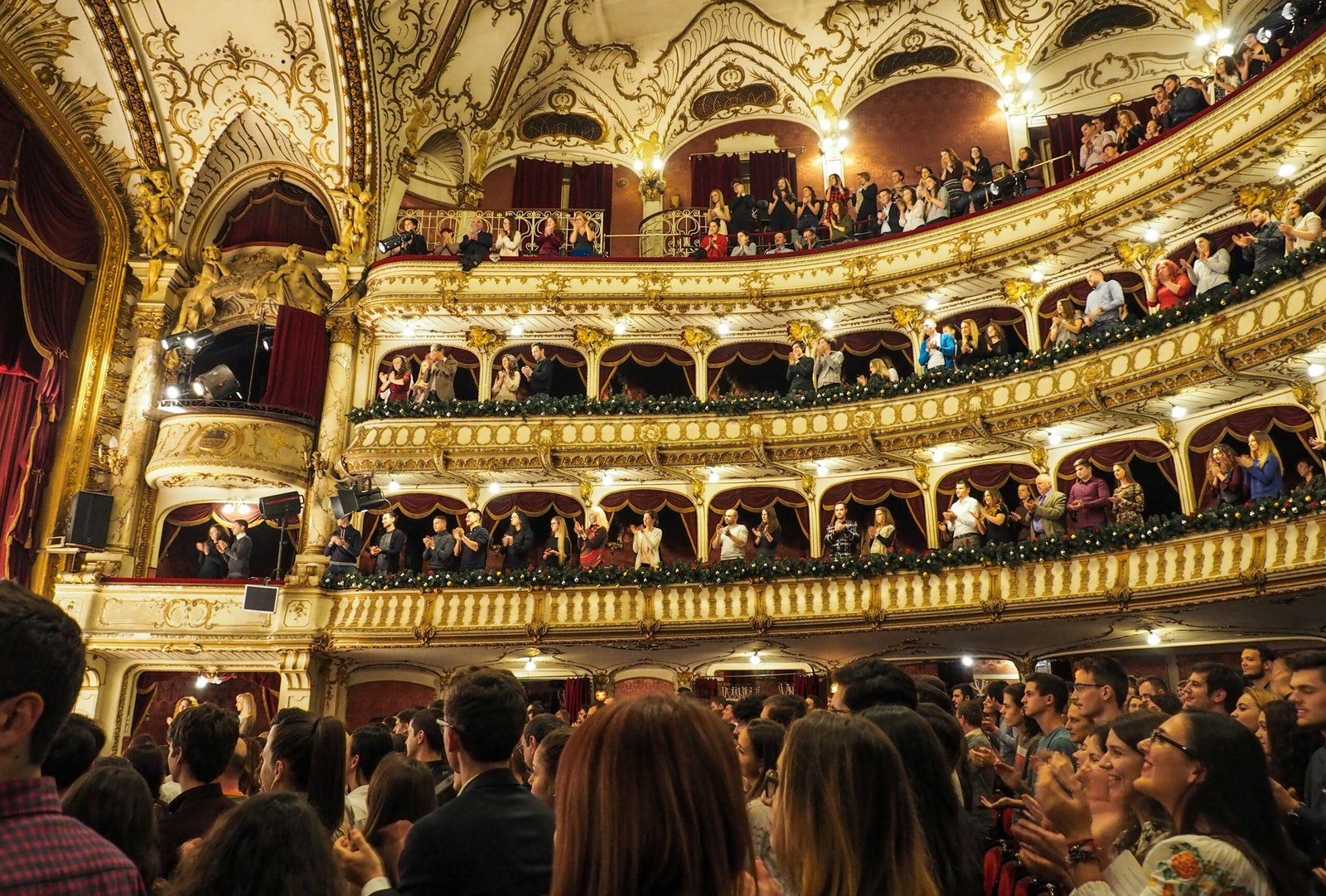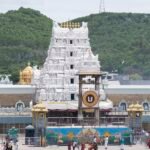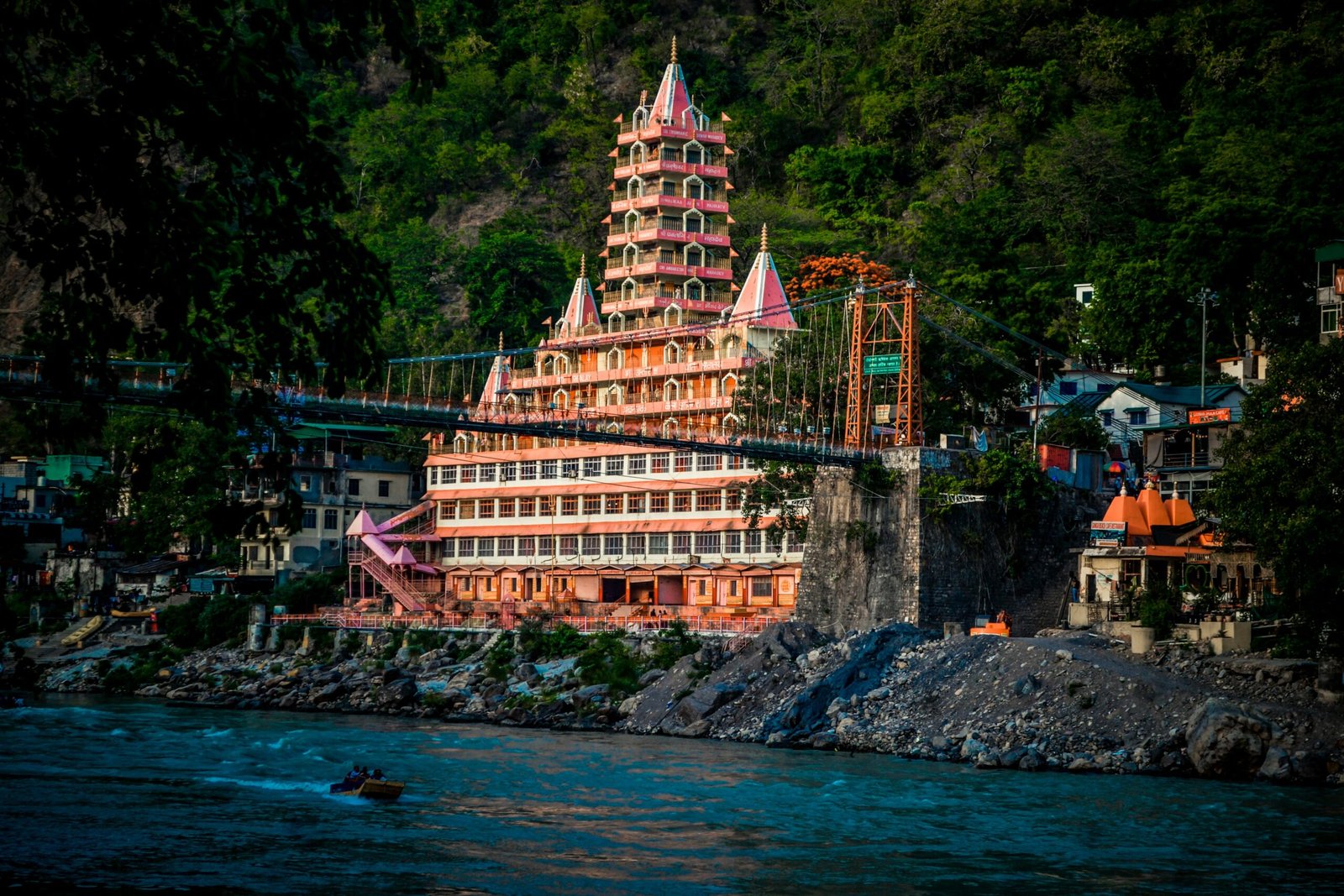Historical Significance of Dwarka Temple
Dwarka Temple in Gujarat, India, holds deep historical and cultural significance. It stands on what is believed to be the ancient city of Dwarka, closely tied to the life of Lord Krishna, a key figure in Hinduism. According to legend, Krishna founded Dwarka to protect its people from chaos. The temple, dedicated to him, reflects the splendor of this legendary city.
Many myths have enriched Dwarka’s history. One famous tale speaks of the original city’s submergence due to a curse. This story ties closely with Lord Krishna and marks Dwarka as a revered pilgrimage destination. The current temple, built in the 16th century, boasts stunning architecture inspired by ancient Indian designs. Although rebuilt many times, earlier versions may have existed but are lost to history.
Excavations in the region have unearthed artifacts that support the existence of a flourishing city linked to Krishna’s legacy. Researchers discovered ancient ports, structural remnants, and relics, showing that Dwarka was not only a spiritual center but also a key trade hub during Krishna’s reign. These findings underscore the temple’s significance in Indian heritage, blending mythology, architecture, and local traditions.
Dwarka Temple remains a powerful symbol of faith and history. Its stories, architecture, and the discoveries surrounding it make it a must-visit destination for those interested in both spirituality and culture.


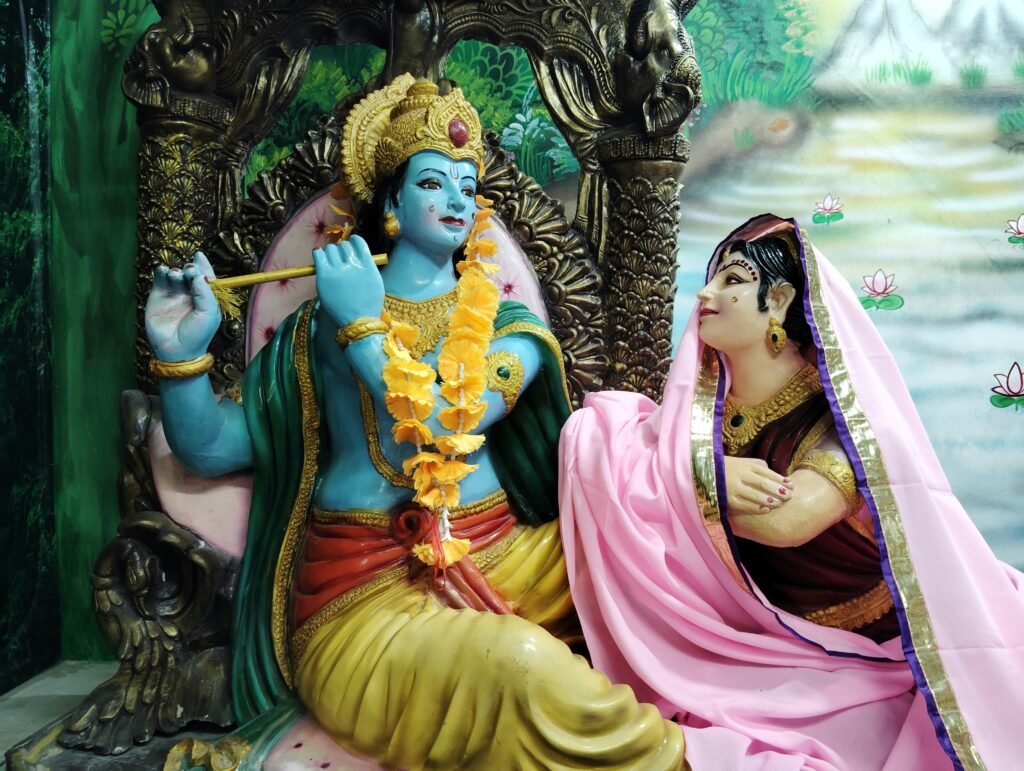
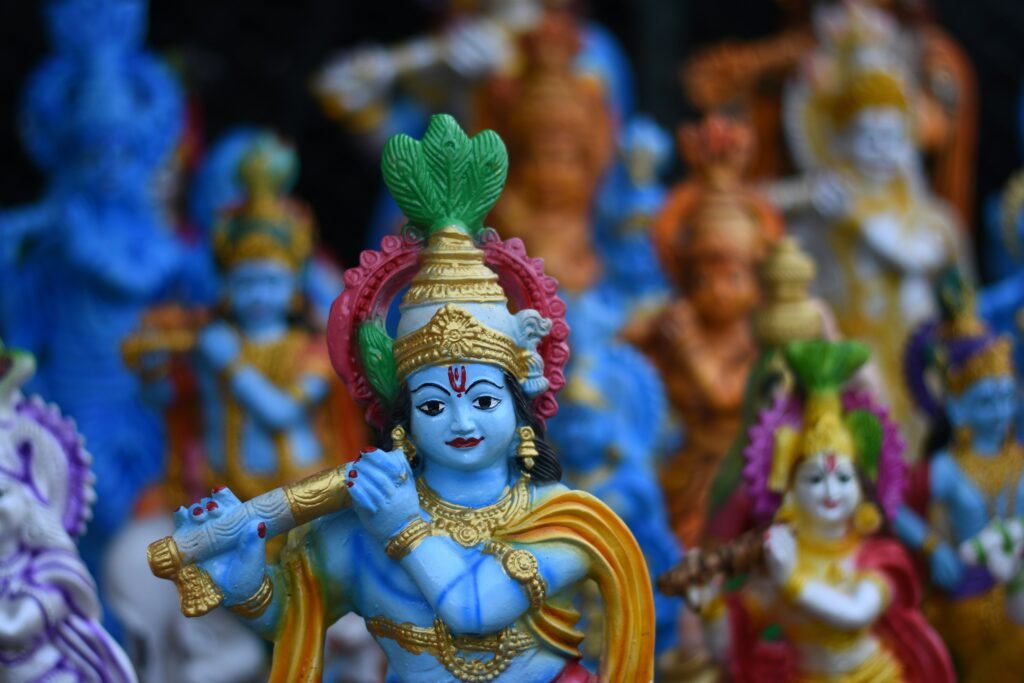

Architectural Marvels and Design Elements
Dwarka Temple in Gujarat is renowned for its stunning architectural beauty, showcasing traditional Indian temple designs. At the heart of the temple lies the main shrine dedicated to Lord Krishna, featuring the intricately crafted Dwarkadhish idol. The detailed craftsmanship reflects the incredible skill of ancient artisans.
The temple’s layout is carefully planned, blending function and spiritual symbolism. Visitors enter through grand gates into a spacious courtyard filled with beautifully carved pillars. Made from local sandstone and marble, these pillars display religious scenes, floral patterns, and animal motifs, reflecting the region’s rich cultural heritage.
A key feature of Dwarka Temple is its unique blend of intricate details and solid construction. The temple’s towering shikhara, or dome, rises dramatically, symbolizing the link between earth and the divine. Built using age-old techniques, the structure resists natural elements while retaining its beauty.
The design thoughtfully plays with light and shadow, creating a serene atmosphere for worshippers. Surrounding water bodies, including the sacred Gomti River, add to the peaceful ambiance. This combination of natural and architectural elements enhances the spiritual experience.
Dwarka Temple is not only a place of worship but also a masterpiece of art and culture. Its blend of traditional and local artistic influences creates an awe-inspiring structure, making it both a spiritual and cultural landmark in India. Visitors are left in awe of its beauty and craftsmanship.
Spiritual Practices and Rituals at Dwarka Temple
Dwarka Temple, a symbol of deep spiritual importance, attracts millions of devotees and tourists every year. Dedicated to Lord Krishna, it is not just an architectural wonder but a lively center for spiritual rituals. Daily rituals, or ‘Puja,’ are performed by priests at set times, accompanied by bells and mantra chanting, creating a peaceful environment for reflection.
Beyond the daily prayers, Dwarka Temple hosts grand festivals that unite the community. Janmashtami, celebrating Lord Krishna’s birth, is the most significant festival. It features stunning decorations, traditional music, dance, and collective prayers. These vibrant celebrations allow devotees to connect deeply with the divine, reinforcing their faith through communal worship.
As a pilgrimage site, Dwarka Temple holds immense importance. Hindus from across the world undertake long journeys to visit this sacred place. Many share transformative experiences, such as spiritual awakening or emotional healing during their visits. Stories of overcoming hardships and finding peace highlight the temple’s role as a sanctuary for renewal.
The spiritual activities at Dwarka Temple honor Lord Krishna and create a sense of belonging among devotees. For many, participating in these ancient traditions enriches their spiritual journey, leaving a profound impact. The temple’s blend of rituals, festivals, and personal experiences makes it a vital destination for anyone seeking spiritual growth.
Visitor Guide: What to Expect When Visiting Dwarka Temple
Visiting Dwarka Temple, an iconic pilgrimage site, requires some planning to fully appreciate its beauty and spiritual significance. Dwarka is easily accessible, with the nearest major city, Jamnagar, located 146 kilometers away. You can reach Dwarka by train, bus, or taxi from Jamnagar. If flying, Jamnagar also has the closest airport, making it a convenient gateway.
For accommodation, there are options for all budgets near Dwarka Temple, from budget lodgings to mid-range hotels. Booking ahead is essential, especially during festivals when the area gets crowded. Staying close to the temple allows visitors to attend early morning rituals and soak in the peaceful surroundings.
The ideal time to visit Dwarka Temple is between October and March when the weather is pleasant. This period also coincides with important festivals, when the temple is beautifully decorated, and rituals are performed with great enthusiasm. Be sure to follow local customs by dressing modestly and removing your shoes before entering the temple, as a sign of respect.
First-time visitors should also immerse themselves in the local culture to enhance their experience. Engage with local artisans, taste regional cuisine, and explore nearby sites like Bet Dwarka, an island associated with Lord Krishna. Taking a guided tour can provide deeper insights into the temple’s rich history and mythology, making the pilgrimage even more meaningful.
By preparing in advance and embracing the local traditions, you can fully enjoy the spiritual atmosphere and cultural richness that Dwarka Temple has to offer.

